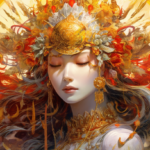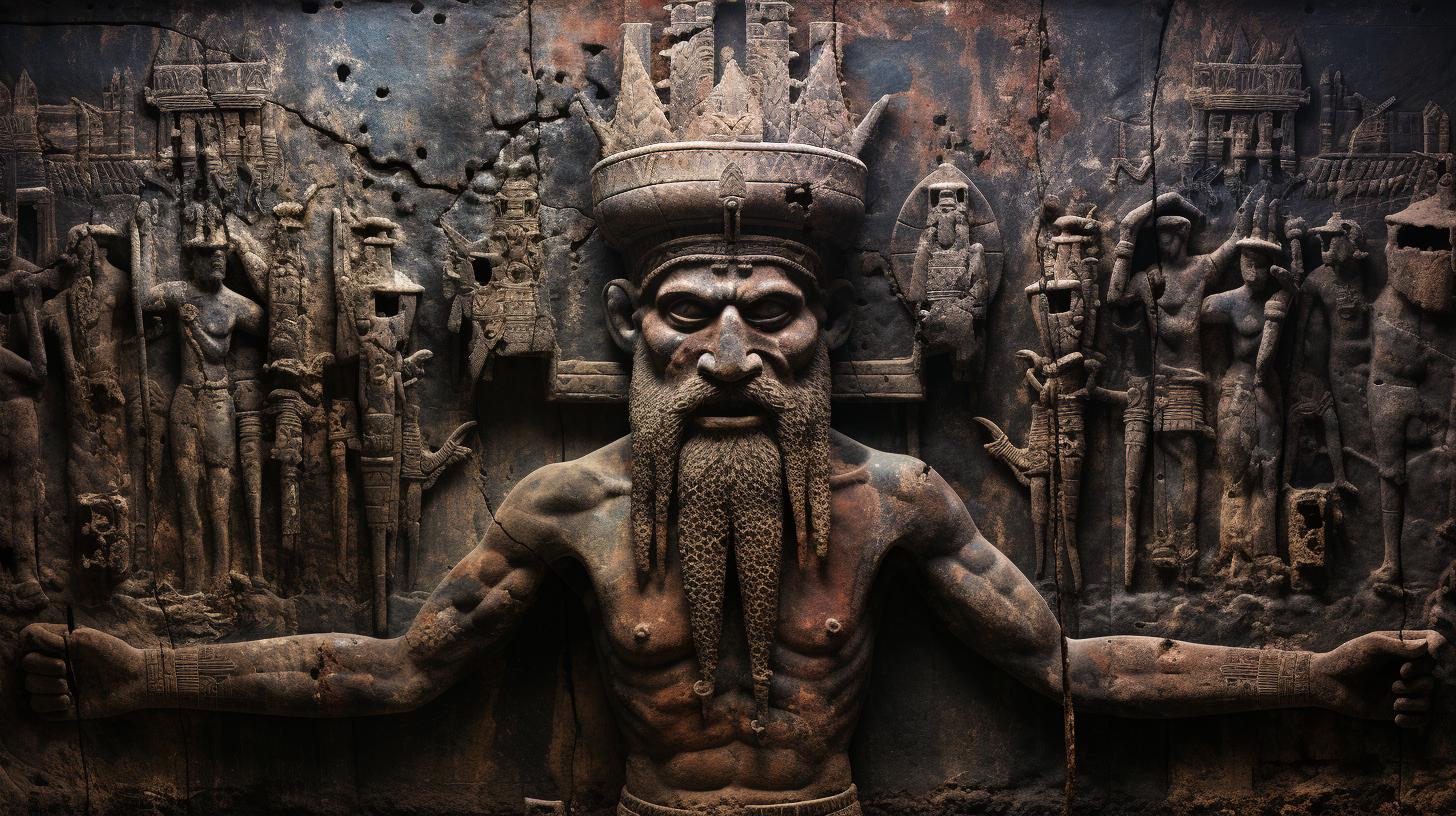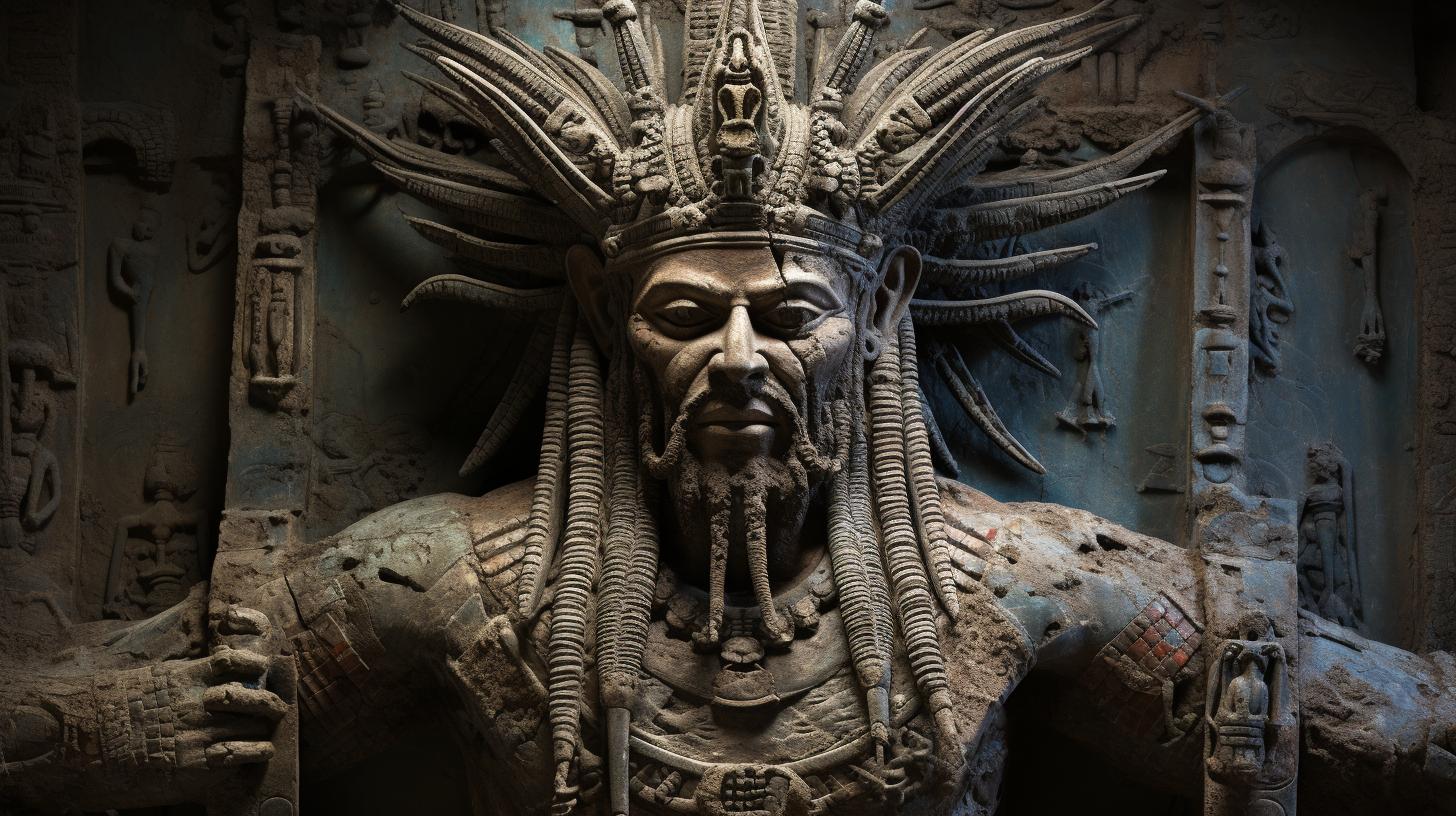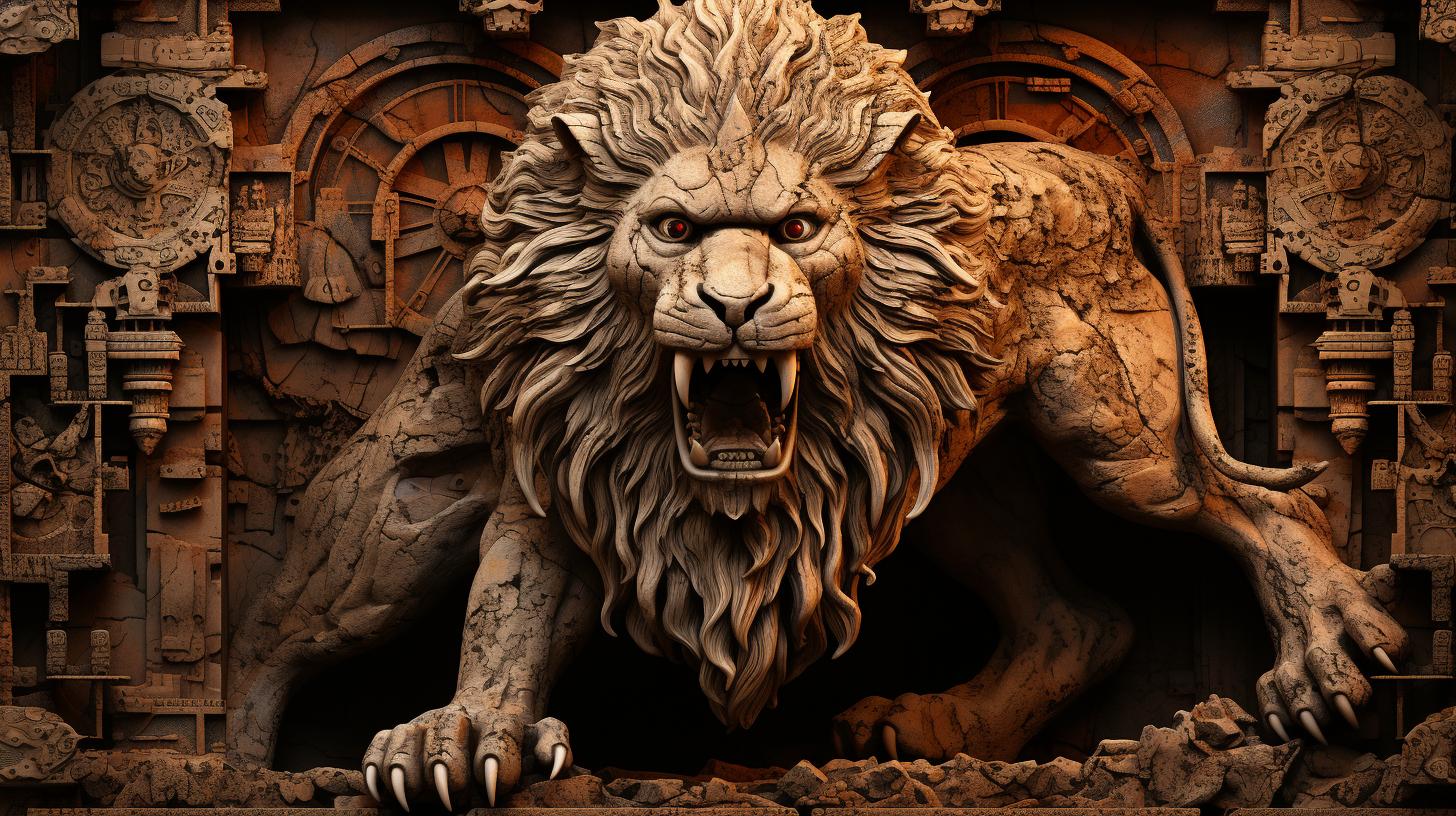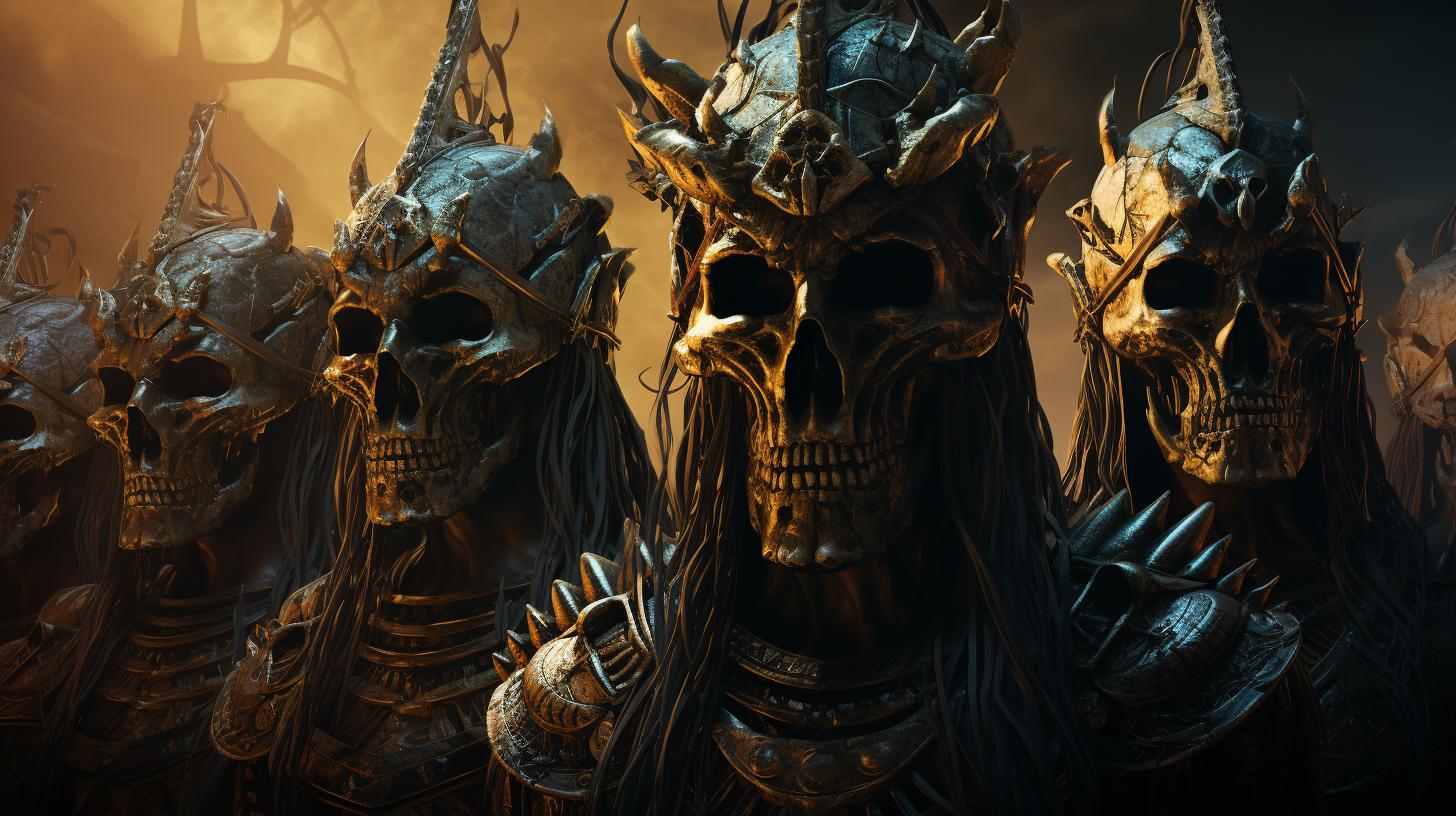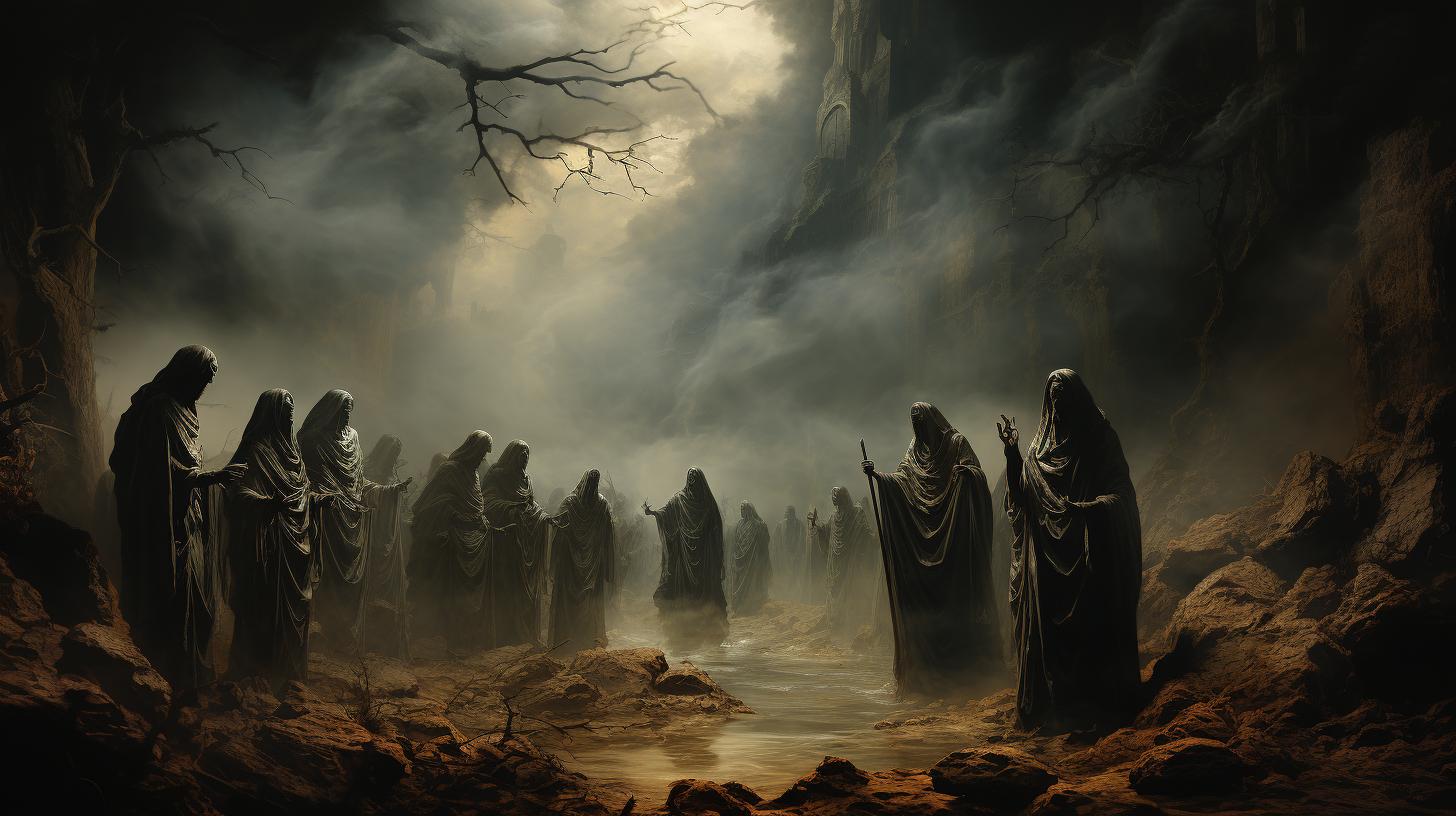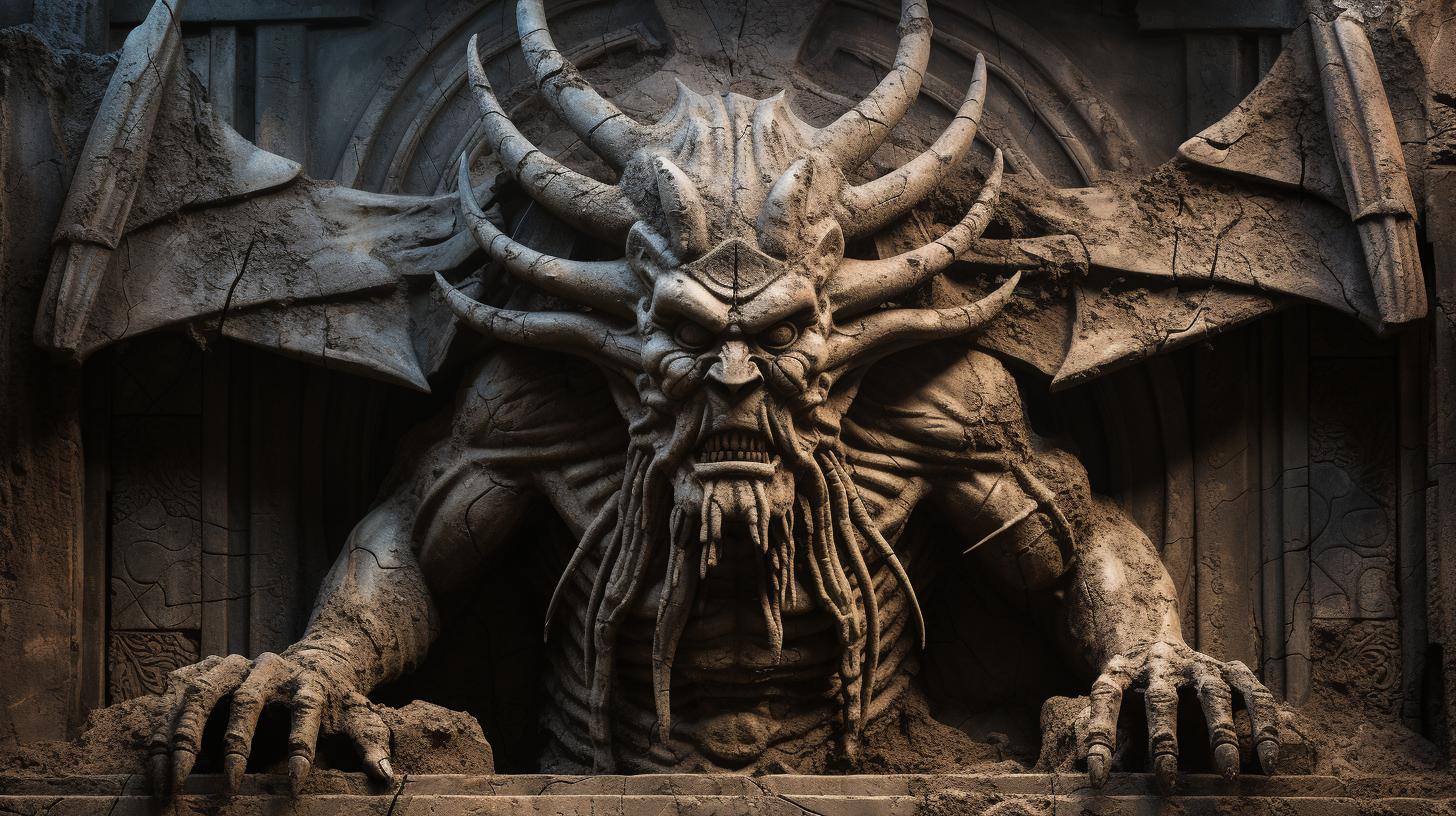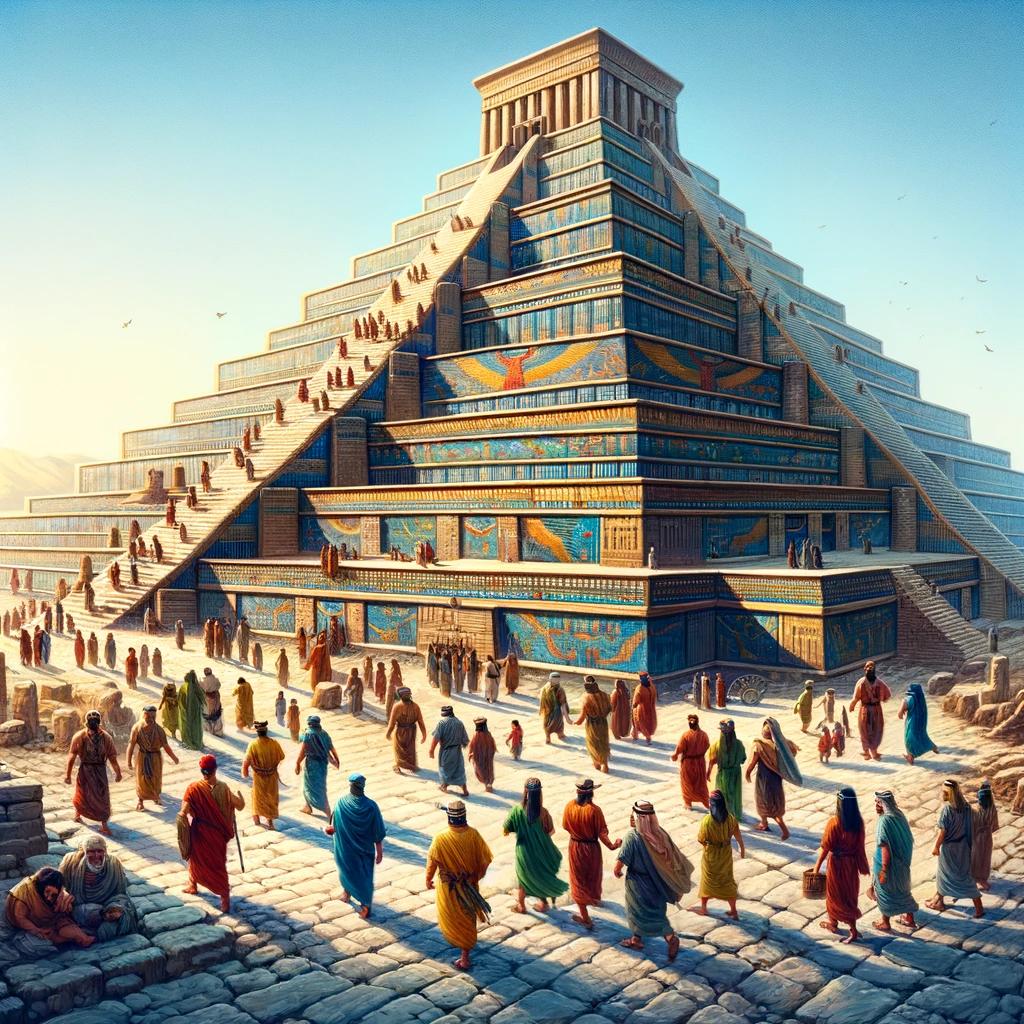Asag Demon: Unveiling the Ancient Sumerian Menace
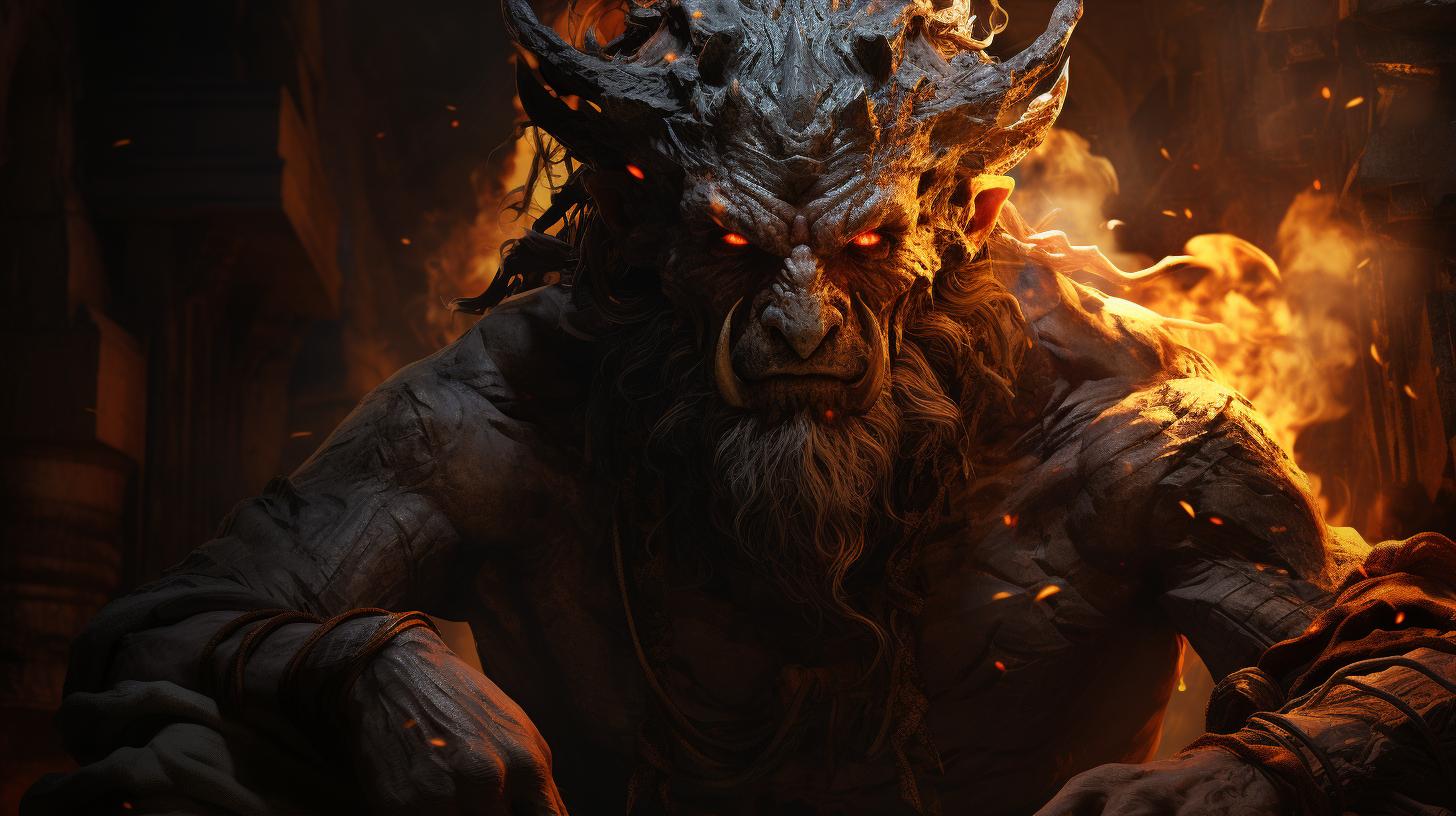

Asag demon is a prominent figure in Sumerian mythology, known for causing diseases and plagues. In ancient Mesopotamian culture, Asag represented the fear and conflict associated with foreigners and unfamiliar beings.
This article provides an overview of Asag’s background, including its relationship with the god Ninurta and its monstrous appearance. It also explores the defeat of Asag by Ninurta and its significance in ancient beliefs and rituals.
Additionally, common misconceptions about Asag demon are addressed, distinguishing it from other demonic entities. Finally, the article delves into badass demon names and symbols.
Background of Asag in Sumerian Mythology
In Sumerian mythology, Asag demon holds a significant place as a malevolent entity associated with ailments and plagues. Understanding the background of Asag helps shed light on its role as an antagonist to the god Ninurta and its representation of fear and conflict.
The Relationship between Asag and Ninurta
Asag demon is famously known as the archenemy of Ninurta, the god of war. Their tumultuous relationship is detailed in numerous Sumerian stories, narrating their epic battles and encounters. Asag becomes a symbol of opposition and adversity, constantly challenging Ninurta’s authority.
Appearance and Characteristics of Asag
Asag demon is described as a monstrous being, evoking terror and horror. Depicted as a large creature with a round body, it possesses three legs and three arms. Its lack of neck is compensated by numerous eyes covering its entire form.
Notably, Asag’s skin resembles hardened rock, rendering it virtually indestructible.
Asag’s Connection to the Unknown and Foreign
The representation of Asag as an entity that invades and contaminates unsuspecting individuals serves as a physical metaphor for the fear and distrust of outsiders. This reflects the ancient inhabitants of Mesopotamia’s concerns regarding the foreigners residing in the Zagros Mountains, such as the Casites, Gutis, Assyrians, Elamites, and Mittani.
Asag, the dark and horrendous monster of the mountains, symbolizes these perceived threats and the conflicts that arise from cultural differences and encounters with other races.
Asag Demon in Mesopotamian Culture
The figure of Asag demon holds significant cultural importance in ancient Mesopotamia, representing more than just a mythical creature.
Asag is widely regarded as a symbol of threat and conflict, embodying the fears and anxieties of the Mesopotamian people towards foreign invaders and unfamiliar cultures.
Asag as a Symbol of Threat and Conflict
Asag’s portrayal as a monstrous entity that causes diseases and plagues reflects the deep-rooted fear that the Mesopotamians had for this demon.
They associated Asag with the invasion of their cities and the disruption of their way of life. As a powerful force challenging the established order, Asag becomes a symbol of the ever-present threat that the Mesopotamian civilization faced.
The battles fought with Asag and its demonic army are narrated in the ancient Sumerian stories, emphasizing the ongoing struggle and conflict between the forces of chaos and the gods of order.
Depiction of Mountains and Foreign Peoples
In the Mesopotamian imagination, mountains were seen as the dwelling places of foreign peoples, considered barbarians and outsiders. Asag, with its association with the mountains, represents the unknown and unfamiliar. The demons of rock that accompany Asag symbolize the foreign tribes and cultures inhabiting the Zagros Mountains.
The Mesopotamians perceived these mountains and their inhabitants as potential threats to their way of life, causing a deep-rooted fear and suspicion of the peoples beyond their city walls.
The Mesopotamians constructed a dichotomy between their own culturally rich cities and the untamed wilderness represented by the mountains.
This distinction emphasized their own civilization’s superiority and advanced societal order, while the foreign peoples and their perceived barbarism became further demonized through the depiction of Asag and its demonic offspring.
- Foreign invaders represented a constant danger to the stability and security of Mesopotamian societies.
- Asag demon personifies the fears and anxieties of the Mesopotamians towards these unknown foreign forces.
- The portrayal of mountains as the dwelling places of the enemy further emphasized the uneasy relationship between the Mesopotamians and the foreign peoples beyond their borders.
Understanding Asag’s role in Mesopotamian culture provides insight into the historical context and the ongoing conflicts faced by ancient Mesopotamian civilizations.
The fear and concern towards outsiders represented by Asag demonize the otherness perceived in foreign cultures and serve as a cautionary reminder of the importance of protecting one’s own society.
The Defeat of Asag by Ninurta
The defeat of Asag by Ninurta is a significant event in Sumerian mythology, symbolizing the triumph of order over chaos.
This section will explore the use of the enchanted mace Sharur by Ninurta in his battle against Asag and the significance of Ninurta’s victory.
Use of the Enchanted Mace Sharur
In his quest to defeat Asag, Ninurta sought the advice of his father, the god Enlil, who provided him with the powerful weapon known as Sharur.
This enchanted mace held great divine power and was specifically crafted to combat the forces of evil. Armed with Sharur, Ninurta confronted Asag and unleashed its incredible power against the demon.
Significance of Ninurta’s Victory
Ninurta’s victory over Asag carries deep symbolic meaning in Sumerian mythology. It represents the triumph of divine order and protection over the forces of chaos and destruction. Ninurta’s success in defeating Asag solidifies his status as a powerful deity capable of defending the people from supernatural threats.
Furthermore, this victory also serves as a reminder of the superiority of the Sumerian gods over their adversaries. It highlights their ability to harness divine weapons and mystical energies to confront and overcome even the most formidable enemies.
The defeat of Asag by Ninurta not only ensures the safety and well-being of the people, but it also reinforces their faith and trust in the protective powers of their deities.
Asag’s Role in Mesopotamian Beliefs and Rituals
Asag and the Demon Offspring
In Mesopotamian beliefs, Asag demon was not only a formidable entity but also the progenitor of a terrifying breed of demons. According to ancient tales, Asag’s union with the mountains gave birth to a legion of demon offspring.
These demonic creatures inherited their father’s monstrous characteristics and served as a constant threat to humanity.
Depicted as rock-like beings with supernatural abilities, the demon offspring wreaked havoc, causing diseases and spreading discord.
Their presence was believed to be a punishment from the gods, a consequence of humanity’s misdeeds.
Rituals to Appease Gallas and Other Demons
To protect themselves from the malevolent forces unleashed by Asag and his demon offspring, the Mesopotamians devised elaborate rituals to appease these otherworldly entities. Central to these rituals were sacrifices performed on altars dedicated to the Gallas, the group to which Asag belonged.
One common method of appeasement was the offering of sacrificial lambs. It was believed that by sacrificing these animals, their blood would appease the demons and ward off the diseases and calamities associated with them.
These rituals, performed under the guidance of priests and accompanied by incantations and symbols, aimed to restore harmony and protection to the community.
Common Misconceptions about Asag Demon
Throughout history, there have been several misconceptions surrounding the Asag demon. This section aims to clarify these misunderstandings and shed light on the true nature of Asag. Let’s explore some of these misconceptions:
Differentiating Asag from Other Demon Names
One common misconception is the confusion between various demon names.
It’s important to differentiate Asag from other demons in mythology. While Asag is known for causing diseases and plagues, demons like Alastor have different characteristics and roles. Alastor, for example, is associated with divine vengeance rather than diseases.
By understanding the distinctions between these demonic figures, we can gain a clearer perspective on Asag’s unique role and significance.
Clarifying Misunderstandings about Alastor Demon
There is often confusion between Asag and the Alastor demon. It’s crucial to clarify that Alastor, although a formidable entity in its own right, is distinct from Asag. While both demons have their own myths and characteristics, they are separate entities with varying attributes and purposes.
Alastor does not share Asag’s association with diseases and plagues, highlighting the importance of accurately understanding each demon’s myths.
Exploring Badass Demon Names and Symbols
In the realm of mythology, demons are often depicted as powerful and fearsome creatures. This subsection delves into badass demon names and symbols, providing insight into the intriguing world of demonology.
From fierce names like Abaddon to captivating symbols such as the inverted pentagram, these elements contribute to the mystique and allure surrounding demons. By exploring these aspects, we gain a deeper understanding of the intricate web that encompasses these legendary beings.
In conclusion, the section on Common Misconceptions about Asag Demon aims to clarify misunderstandings regarding Asag’s identity, distinguish it from other demons, and explore the broader world of demonology. By dispelling these misconceptions, we can better appreciate the unique role and significance of Asag in Sumerian mythology.
.
